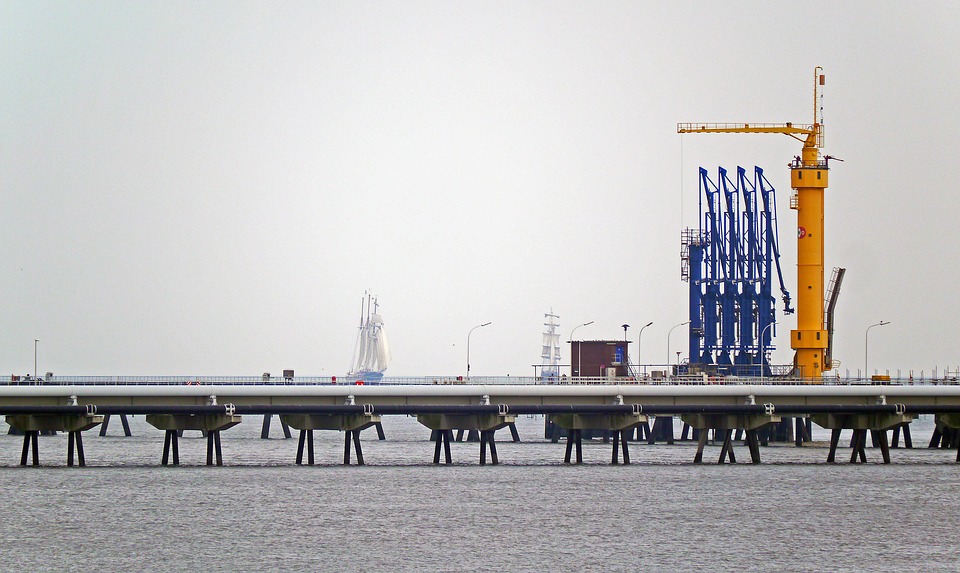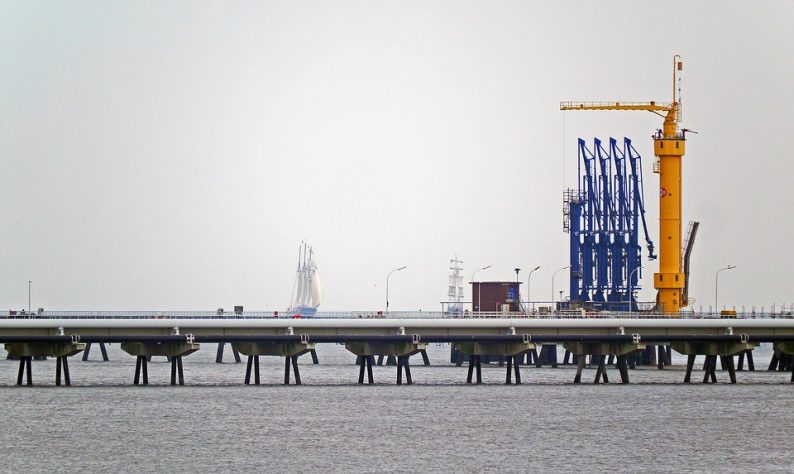Oil prices are walking on a tight rope as attempts to break out in either direction this week have failed. More questions and less answers. The oil trade is marking time as it awaits to see whether the U.S. will walk away from the Iranian trade deal or if Iran decides to negotiate, something they have said they will not do. We saw oil rally hard as the U.S. stock market rebounded from sharply lower levels and reports of a lot of activity and at Iranian nuclear facility.

The Times of Israel reported that an Israeli satellite imaging company on Thursday released images showing what it described as “unusual” movement around the Iranian Fordo nuclear facility, a one-time uranium enrichment plant buried deep underground that was converted to a research center as part of the 2015 nuclear deal. The Times theorizes that this could be a message from Iran that if the U.S. pulls out of the deal that Iran would go right back to enriching uranium.
Oil also is awaiting the jobs report and word out of the U.S. Chinese trade delegation to see if the two countries can cut a deal that will end or at least reduce China’s unfair trade practices. While the market short term is fixated on the tighter range and trying to guess if the market breaks or rallies, the underlying backdrop for the oil market is scary bullish. Monthly chart formations are signaling much higher prices in the weeks and months ahead and that should keep the bulls in control. The market seems to be grasping the fact that the biggest crude glut in the history of the world disappeared in a matter of months and now it is clear that the global oil market will be undersupplied which will force us to see higher prices.
The biggest threat to the bull market could be the Iran conflict. In the short term, if Iranian oil supplies are cut off then oil could spike by as much as 10 dollars. That price spike could be enough to derail the demand-driven oil rally and hurt the global economic recovery. The world can handle rising oil prices if they are being driven by demand and economic growth, but geopolitical price spikes hurt growth and creates economic death by price shock. That could lead to the dreaded “demand destruction.”To avoid the shock, get hedged.













Leave A Comment